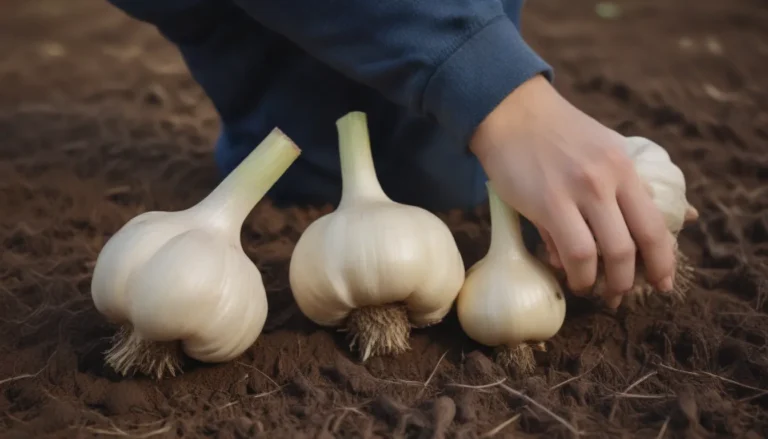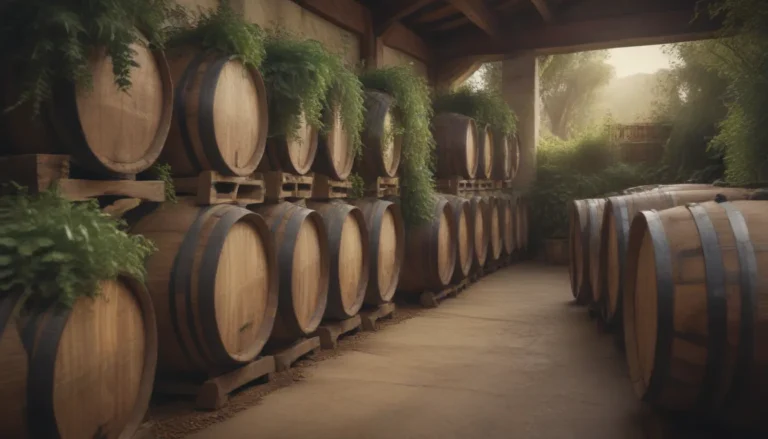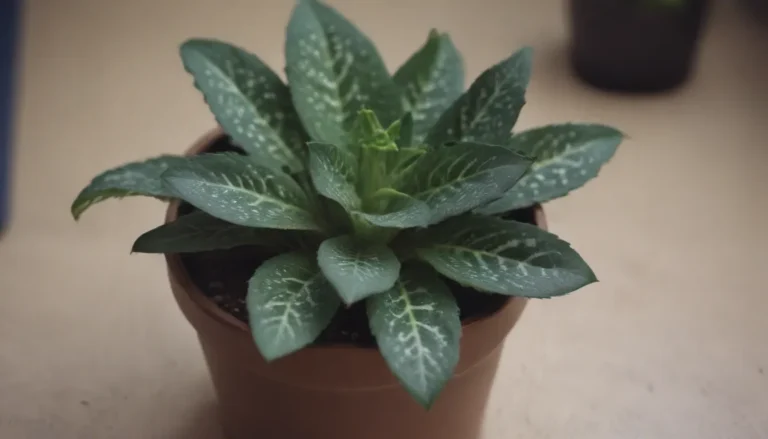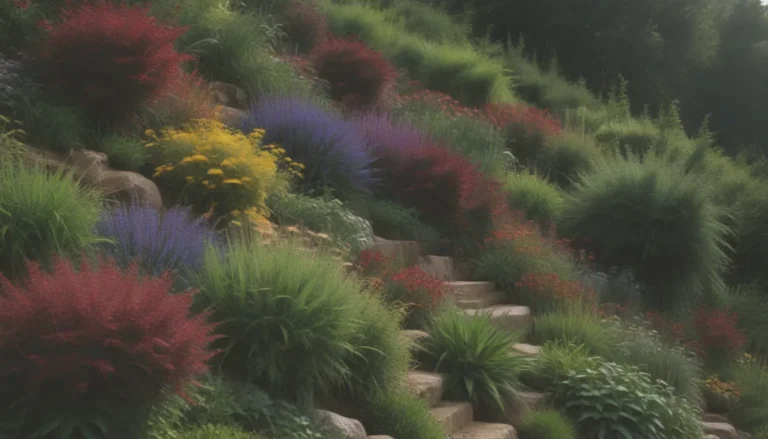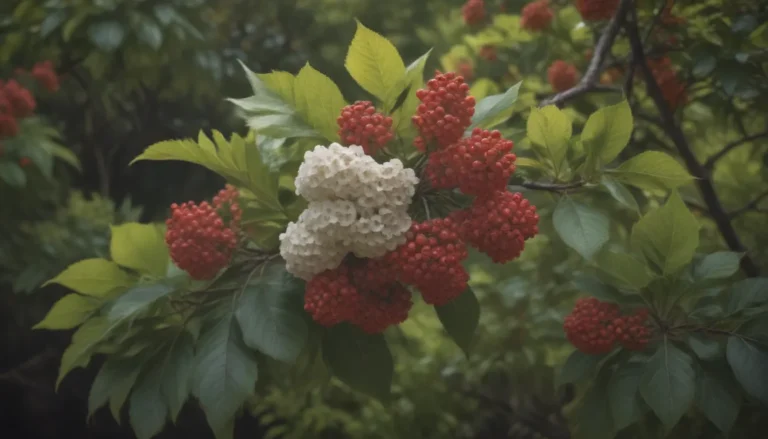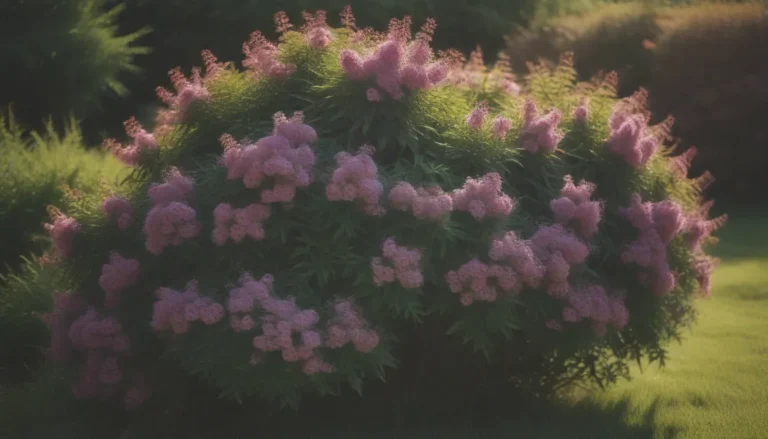The Ultimate Guide to Rudbeckia Varieties for Your Garden
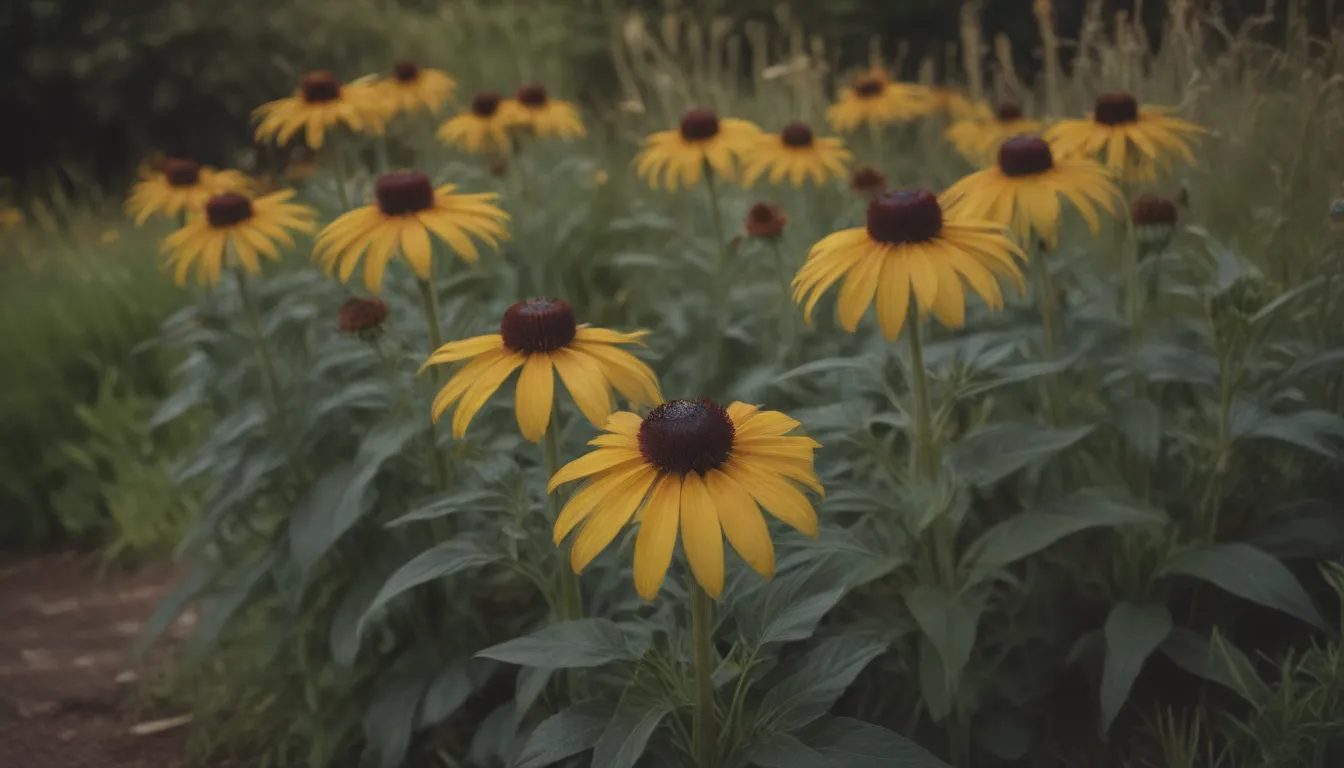
Are you a fan of vibrant, easy-to-care-for flowers that attract butterflies and bees to your garden? Look no further than the versatile and colorful Rudbeckia varieties. These native wildflowers have a rich history and are popular choices for both novice and experienced gardeners. In this comprehensive guide, we’ll explore nine great Rudbeckia varieties that will brighten up your landscape and provide a welcoming environment for pollinators.
The History of Rudbeckia
The Rudbeckia genus has a fascinating history as a native wildflower that has been cherished for centuries. Originally used as a medicinal herb by pre-colonial Native Americans, Rudbeckia eventually made its way into cultivated flowerbeds in the 19th century. Two of the most common species in the genus are Rudbeckia hirta, known as black-eyed Susan, and R. triloba, commonly called brown-eyed Susan. While these two species are often confused with each other, black-eyed Susans are larger and have more petals than brown-eyed Susans.
The Beauty of Rudbeckia Varieties
Rudbeckia plants are not only beautiful but also low-maintenance, making them a popular choice for gardeners of all levels. They require little more than regular garden loam and a full day of sun to bloom during the dog days of summer and beyond. These flowers are not only visually appealing but also attract butterflies and bees with their plentiful pollen and nectar offerings. Whether you’re looking to enhance your cottage garden, add a pop of color to your flowering containers, or create a cheerful welcome beside your mailbox, Rudbeckia varieties are the perfect choice.
Gardening Tip: Self-Seeding Rudbeckias
Most Rudbeckia varieties are short-lived perennials that may die out after a couple of years. However, these plants self-seed very easily, and they grow so fast that a small patch can be sustained almost indefinitely. Keep an eye out for new seedlings emerging in your garden and allow them to thrive for ongoing blooms year after year.
Discovering Nine Great Rudbeckia Varieties
- ‘Indian Summer’ (Rudbeckia hirta ‘Indian Summer’)
- This heat- and drought-tolerant cultivar blooms from seed its first year and volunteers freely.
- Ideal for commercial landscaping applications.
- Native Area: USA
- USDA Growing Zones:
- Height:
-
Sun Exposure:
-
‘Prairie Sun’ (Rudbeckia hirta ‘Prairie Sun’)
- The green centers of this orange and yellow flower make it perfect for cut flower arrangements.
- Blooms from June until the first frost.
- Self-seeds easily for continuous blooms.
- Native Area: USA
- USDA Growing Zones:
- Height:
-
Sun Exposure:
-
‘Moreno’ (Rudbeckia hirta ‘Moreno’)
- A shorter cultivar with burgundy and orange flower petals.
- Perfect for the front of a sunny flower border.
- Heat- and drought-tolerant.
- Native Area: USA
- USDA Growing Zones:
- Height:
-
Sun Exposure:
-
‘Irish Eyes’ (Rudbeckia hirta ‘Irish Eyes’)
- Glowing yellow beacons with greenish-yellow centers.
- Ideal for low-maintenance flower gardens.
- Does well in container gardens.
- Native Area: USA
- USDA Growing Zones:
- Height:
-
Sun Exposure:
-
‘Cherokee Sunset’ (Rudbeckia hirta ‘Cherokee Sunset’)
- Semi-double to fully double blooms reminiscent of dahlias.
- Deer-resistant and attractive to pollinating insects.
- Winner of All-American Selections and Fleuroselect award.
- Native Area: USA
- USDA Growing Zones:
- Height:
-
Sun Exposure:
-
‘Maya’ (Rudbeckia hirta ‘Maya’)
- Layers of frilly petals similar to fall mums.
- Thrives in full sun and well-drained soil.
- Deer-resistant and attractive to pollinating insects.
- Native Area: USA
- USDA Growing Zones:
- Height:
-
Sun Exposure:
-
‘Prairie Glow’ (Rudbeckia triloba ‘Prairie Glow’)
- Petals dipped in bright yellow paint.
- Low-maintenance and blooms from mid-summer to the first frost.
- Native Area: USA
- USDA Growing Zones:
- Height:
-
Sun Exposure:
-
‘Cherry Brandy’ (Rudbeckia hirta ‘Cherry Brandy’)
- Vibrant reddish-maroon blooms that attract pollinators.
- Blooms continually throughout the summer.
- Needs weekly watering and is deer-resistant.
- Native Area: USA
- USDA Growing Zones:
- Height:
-
Sun Exposure:
-
Giant Coneflower (Rudbeckia maxima)
- Taller species that can reach heights of 7 feet.
- Known for its dark flower centers and bluish-green leaves.
- Requires plenty of water and does not have great drought tolerance.
- Native Area: USA
- USDA Growing Zones:
- Height:
- Sun Exposure:
Incorporating Rudbeckia Varieties in Your Garden
Whether you’re a seasoned gardener or just starting out, Rudbeckia varieties offer a range of options to enhance your outdoor spaces. From the vibrant colors of ‘Cherry Brandy’ to the towering beauty of Giant Coneflower, there’s a Rudbeckia variety for every garden. These easy-to-grow flowers not only add visual appeal but also support pollinators, making them a valuable asset to any landscape.
In conclusion, Rudbeckia varieties are a must-have for any garden enthusiast looking to add a touch of color and vibrancy to their outdoor spaces. With their rich history, low-maintenance care requirements, and ability to attract butterflies and bees, these native wildflowers are sure to delight both you and your pollinator friends. So, why not consider adding a few Rudbeckia plants to your garden this season and watch as they brighten up your landscape with their cheerful blooms?
